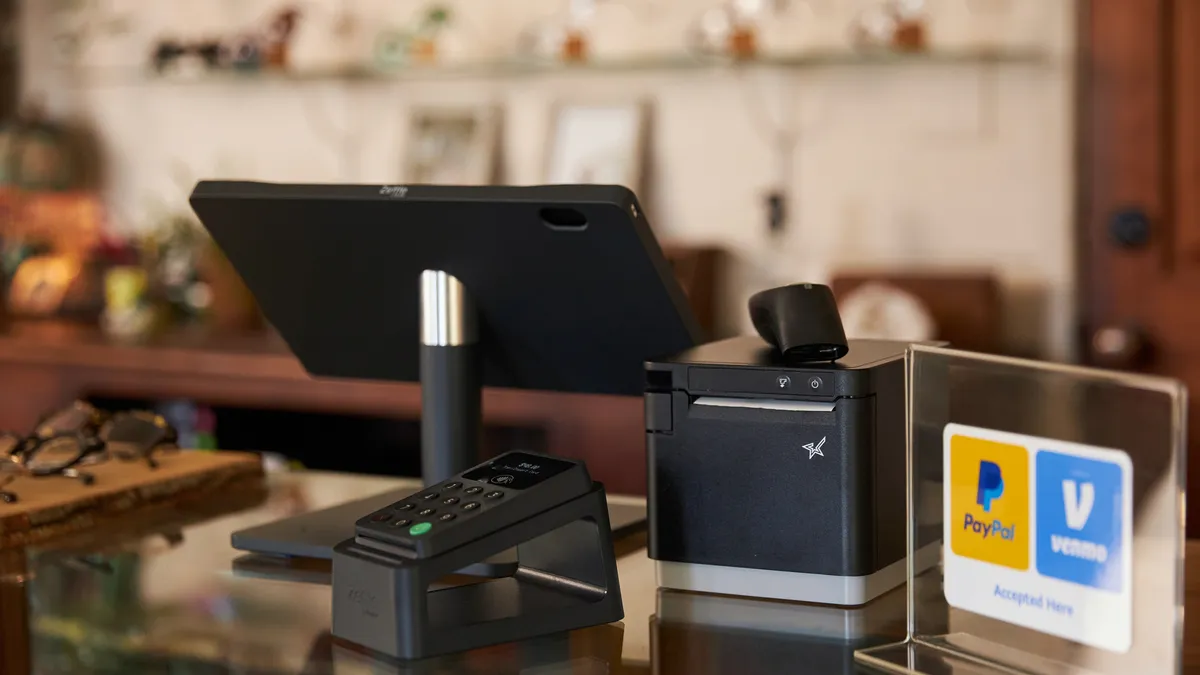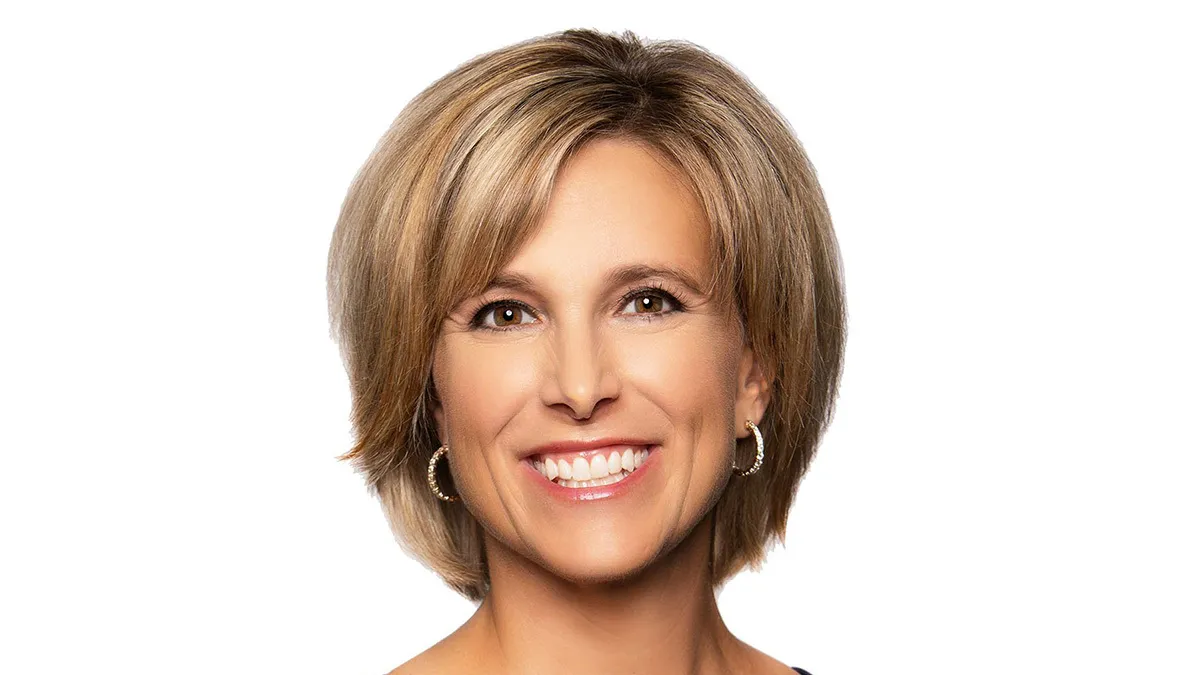Dive Brief:
-
PayPal's Zettle, a point-of-sale (POS) product, is making its debut in the U.S. market after launching in the U.K. last year, according to a June 30 press release. The new offering will enable small and medium sized businesses (SMBs) to accept payments via contactless cards and digital wallets, along with the usual dip-and-pay cards, the company said.
-
The San Jose, California based-company will enable merchants to accept PayPal and Venmo QR code methods of payments and push PayPal’s goal of providing omnichannel payments to merchants.
-
PayPal acquired the Swedish mobile payments company, formerly known as iZettle, in 2018 for $2.2 billion to “allow merchants to meet their customers where they are online, in store or via mobile,” PayPal’s Chief Operating Officer, Bill Ready said in a September 2020 press release.
Dive Insight:
Merchants can accept payments via QR codes, debit cards, credit cards and digital wallets such as Apple Pay and Google Pay while giving consumers a unified payment experience for online and in-store purchases by using PayPal Zettle point-of-sale, the company said.
As payments are becoming more digital in the U.S., merchants are looking to meet the changing expectations of consumers by providing them with consistent and convenient payment methods.
"Small businesses need access to omnichannel payment and commerce tools to help them effectively compete and meet their customers wherever they are – in-person, online and in-between," PayPal Senior Vice President Jim Magats said in the press release. "We believe in the power of small businesses, and we will leverage PayPal Zettle to better serve in-person businesses and enable them to go digital seamlessly."
Merchants will be charged 2.29% + $0.09 cents of a card transaction, and 1.9% + $0.10 cents for payments made via QR code on PayPal or Venmo, the press release stated. Businesses can buy the first PayPal Zettle POS for $29 and any additional POS will cost $79, the release stated.
Competitor Square, according to its web site, charges merchants 2.6% + $0.10 cents per card/digital wallet transaction. Zettle will also compete with Fiserv's Clover POS system.
Some 70% of customers would prefer shopping at a retailer that provides their preferred payment methods, according to a recent PayPal and BigCommerce study. (BigCommerce is an e-commerce company that enables merchants to sell their goods online, including internationally.) Merchants need to adapt to changing consumer payment needs or risk losing sales.
“That definitely puts pressure on smaller merchants with limited resources, and it also reinforces the need for all merchants to understand their existing and prospective customers because deciding what offerings to have available should be based on what those customers need,” BigCommerce General Manager Sharon Gee said by email last month.
Consumer preference regarding in-store payment is also changing. According to a Visa 2021 study, 85% of consumers expect digital payments options when shopping in-person, with choices to pay using contactless cards, mobile payment apps and digital wallets.
PayPal and Venmo introduced QR Codes last year, so people could accept touch-free payments in the physical world, Magats told Payments Dive in an email earlier this year.
PayPal and Venmo QR Codes are now accepted at about 600,000 retail locations, for merchants that include CVS, Foot Locker, Nike, Five Below, Levi's, Bloomingdales and Macy's.
“Merchants are experiencing double-digit increases in average basket sizes with consumers who frequently use our QR Codes,” Magats said in the email.
The Zettle POS will enable small and medium sized businesses (SMBs) to accept payments via contactless cards and digital wallets. It will also let them manage inventory by way of integration with a merchant’s accounts management software like QuickBooks, the company said.
Our customers "want to develop a unified, consistent and convenient payment method for whether they are shopping online or in-stores,” Rightpoint Chief Commerce Officer Phillip Jackson said during an interview last month. “Merchants are pivoting towards a payments provider that can satisfy the majority of their payments needs while keeping the user experience the same for everyone, irrespective of it being an in-person or digital sale.”











